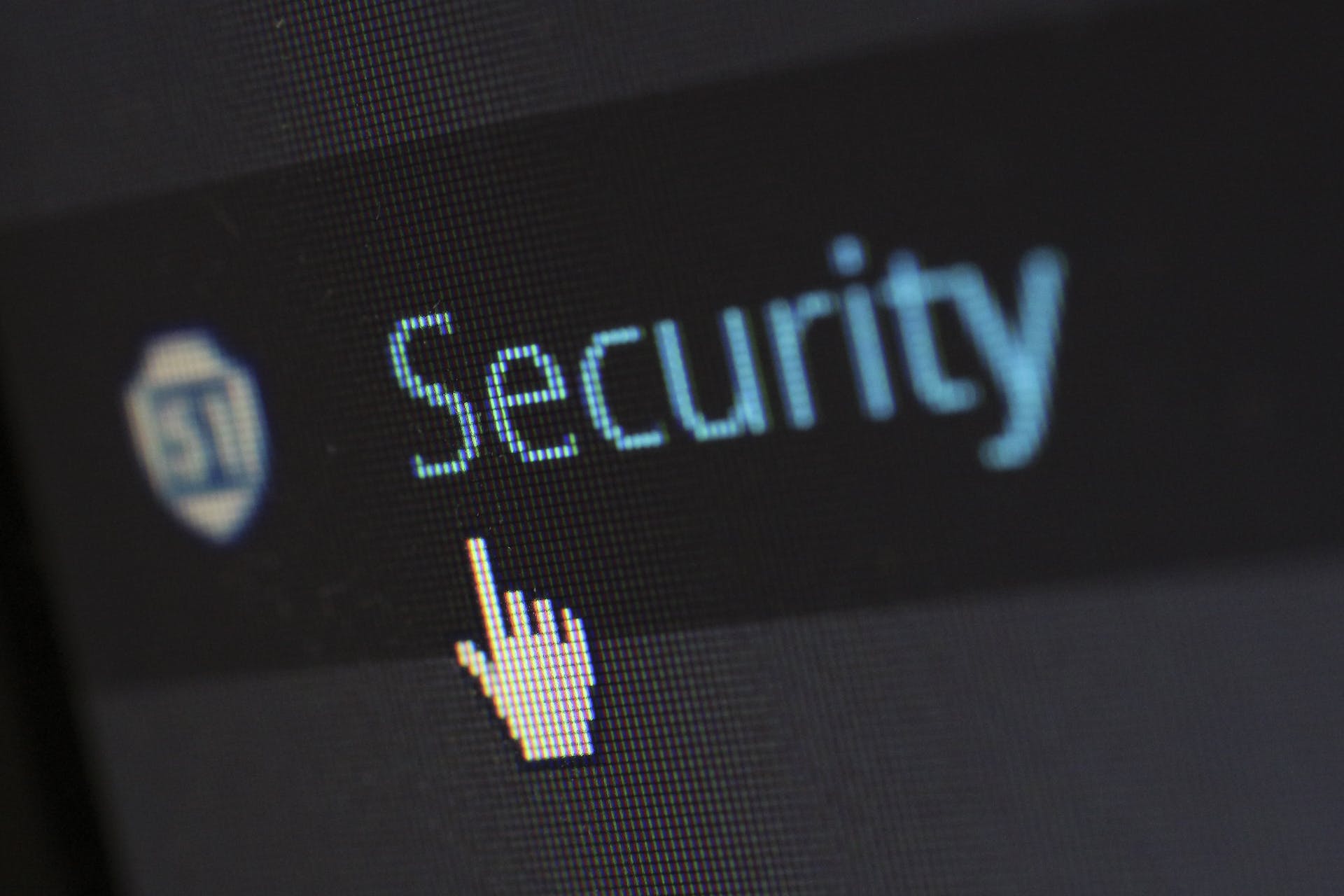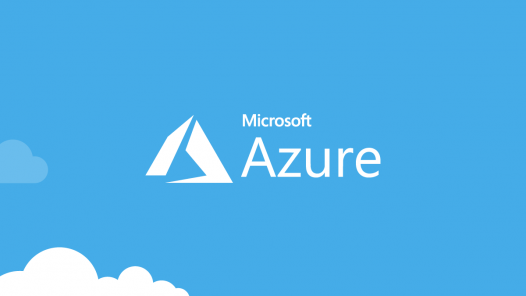Hey SMBs, have you finalized your cybersecurity strategy and plans for next year?
As we gear up for the exciting ride that 2024 promises, it’s time we place certain essentials into place as the enablers of that business growth adventure.
Think of cybersecurity as your business’ trusty bodyguard. It stands watch, ensuring your valuable digital assets remain safe and sound so that you can focus on growing your business without being thrown a curveball.
And which bodyguard should you hire? What’s the essential for SMBs in 2024?
Multi-factor authentication! After all, its resume says it blocks 99.9% of cyberattacks and it’s actually much simpler and more affordable to implement than you may have thought.
2024 SMB Cybersecurity Essentials: Multi-Factor Authentication
Let’s start from the beginning. What is multi-factor authentication?
Multi-factor authentication (MFA) is a security system that requires multiple forms of authentication or verification to grant access to an account or system. It adds an extra layer of protection beyond the first one, usually the traditional username and password combination, by combining two or more different factors or credentials for authentication.
These factors typically fall into three categories:
1. Knowledge factors: Something the user knows, such as a password, PIN, or answers to security questions.
2. Possession factors: Something the user possesses, such as a mobile device, smart card, or security token that generates a one-time code.
3. Inherence factors: Something inherent to the user, like a fingerprint, retina scan, facial recognition, or other biometric data.
And it works! When one of the factors fails, the additional one, or the other two, has your back. Businesses globally have started to realize this.
So far, 46% of SMBs implemented MFA for their business, a number that keeps rising year after year. Why should you join them?
To start with, multi-factor authentication is by far the safest security system you can implement right now, designed to prevent unauthorized access to systems or accounts. Even if your main authentication factor fails, another one covers for it.
You’re most likely using passwords as your base authentication factor. But 80% of breaches today involve passwords while 68% believe passwords to be the least secure authentication method. That’s where multi-factor authentication enters the picture, helping protect your accounts as the world slowly transitions to passwordless solutions.
Moreover, it enables the mitigation of credential theft and the risk of phishing attacks. Even if credentials get stolen, the additional factor protects your accounts and system. The same goes for phishing attacks, especially when the additional factor itself is phishing-resistant.
Implementing multi-factor authentication not only protects your business but also your customers – resulting in enhanced trust and reputation. You’d be demonstrating your commitment to protecting your customers and they’d reward this with their loyalty.
Finally, multi-factor authentication is mandated or will soon be mandated in just about every region globally. You’ll have to have it to comply with laws and regulations wherever you may operate, and this is already true for most cyber insurance.
That being said, it’s important to note that not every multi-factor authentication system is the same. Some are better, some worse, some more expensive, and some more affordable.
The Right Direction: Passwordless, Phishing-Resistant, Frictionless
Your additional factor(s) should most definitely be passwordless, for reasons we’ve discussed above. Similarly, it would be wise to avoid solutions that rely on SMS OTPs.
For one, passwords are easy to steal and they can be phished.
On the other hand, SMS OTPs can be phished or the SMS messages containing the OTPs can be rerouted thanks to the SS7 design flaw in this technology. It’s just one of the reasons the National Institute of Standards and Technology of the US Department of Commerce said SMS for 2FA was a deprecated solution all the way back in 2017.
Passwordless and phishing-resistant is key as far as cybersecurity goes! But don’t forget, your MFA system should also have a great user experience.
In fact, 20% of SMBs cite ‘inconvenient to use’ for resisting MFA. No wonder — on average, business users authenticate 10 times each day to access the business applications, data, and IT services they require to perform job tasks.
It’s also why it could actually be counter-productive to implement an MFA system with an inconvenient user experience. Your employees would likely try to go around it at some point, once again increasing the risks and the attack surface that cybercriminals could misuse.
Of course, we’d recommend getting IPification for your multi-factor authentication system. It was designed to be both bank-grade secure and frictionless.
It works by generating a unique Mobile ID key for each user using the user’s device, SIM card, and mobile network data. To authenticate, the user only needs to click once and they’ll be verified within milliseconds. To top it all off, IPification doesn’t actually send any sensitive information over the network, ensuring maximum data privacy.
That being said, since every organization has different needs, our team of experts offers free consultations where we can work together to figure out how IPification can fit into your system. We’ll find the right balance between security and user experience that works specifically for you.
Just contact us to schedule a session. We’re looking forward to getting to know you!



